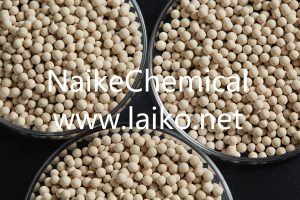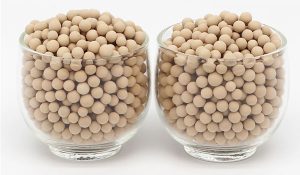Molecular Sieve Poisoning
1. Carbon Molecular Sieve
From a chemical point of view, chlorine, hydrogen chloride and carbon do not react at room temperature. Moreover, the content of chlorine and hydrogen chloride in the air is extremely small. So how can carbon molecular sieve be poisoned?
Carbon molecular sieve has many micropores. Chlorine gas and hydrogen chloride can react with the solid particles in fine dust in the air and deposit on the surface of . Although the daily amount is small, the surface of the carbon molecular sieve is covered by sediment after a few years. When a large amount of carbon molecular sieve is slowly blocked by the pores, it is “poisoned”.
2. Zeolite Molecular Sieve
In the air separation equipment purifier or the molecular sieve of the PSA oxygen generator, zeolite molecular sieves are used (the former uses 13X Molecular Sieve, the latter uses 5A Molecular Sieve or 13X). Zeolite molecular sieves can only be “poisoned” by being contaminated by oil. The essence is not the chemical reaction between oil and molecular sieves. It was the mixture of oil and dust that blocked the surface pores of the molecular sieve. This is a chemical “false poisoning”.



